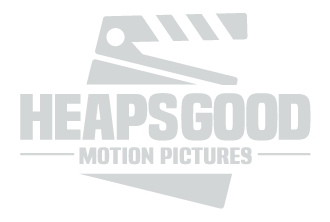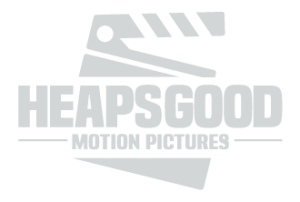In this Post, which will be an on-going post, I will share some of my discoveries with Analog Film. I will share my opinion on the use of this medium, especially in the day where digital dominates. There is room still for Analog, I firmly believe that it is still relevant, especially for documentation or portraits.
Film is a fickle medium, due to the processes and time involved to produce and image – not to mention expensive. However, if one is to budget the costs of the entire process, then there is still a way to make a living. The premium in image quality does lie within the magic of film, providing an extremely detailed image (when focused properly) and giving a pleasing natural roll-off of details and the dynamic range.
I personally like to provide an Analog capture of a personal portrait, as I feel that it means so much more to care for an image and gives that special edge over digital. That is strictly my opinion and feeling only.
Just a quick point, I feel that by learning the craft of photography with digital cameras, helps save time and money (and frustration). When I felt comfortable to resort back to using film, I felt like I took 10,000’s of photos to then begin to understand how light works the sensors. Therefore, with this understanding, I am comfortable to spend that extra to get that image with that particular look and feel of Film. And trust me, that feel is evident – even if the picture is not 100% in focus … there is something magical about it.
Kodak Portra 400

Captured with a Canon Film Camera (EF) with a Carl Zeiss 50mm T* Planar ZE using Kodak Portra 400

Captured with a Canon Film Camera (EF) with a Carl Zeiss 50mm T* Planar ZE using Kodak Portra 400

Captured with a Canon Film Camera (EF) with a Carl Zeiss 50mm T* Planar ZE using Kodak Portra 400

Captured with a Canon Film Camera (EF) with a Carl Zeiss 50mm T* Planar ZE using Kodak Portra 400

Captured with a Canon Film Camera (EF) with a Carl Zeiss 50mm T* Planar ZE using Kodak Portra 400

Captured with a Canon Film Camera (EF) with a Carl Zeiss 50mm T* Planar ZE using Kodak Portra 400
Kodak Gold 200

Captured with a Canon Film Camera (EF) with a Carl Zeiss 50mm T* Planar ZE using Kodak Gold 200

Captured with a Canon Film Camera (EF) with a Carl Zeiss 50mm T* Planar ZE using Kodak Gold 200

Captured with a Canon Film Camera (EF) with a Carl Zeiss 50mm T* Planar ZE using Kodak Gold 200

Captured with a Canon Film Camera (EF) with a Carl Zeiss 50mm T* Planar ZE using Kodak Gold 200
Kodak Ektar 100

Captured with a Canon Film Camera (EF) with a Carl Zeiss 50mm T* Planar ZE using Kodak Ektar 100

Captured with a Canon Film Camera (EF) with a Carl Zeiss 50mm T* Planar ZE using Kodak Ektar 100
Kodak MAX 400
Kodak MAX 400 is stock of film that doesn’t really jump out at me for character. It is a good film stock that captures details like they should. I stuffed 3 rolls of the MAX through an old Nikon EM with the standard 50mm 1.8 lens and a Canon 300v with various lenses from Zeiss and Canon attached. I got some very nice results delivering good balanced tones and colours, as one would expect. The following images have been scanned in and slight changes with the levels as well as some dust removed from the faces.









